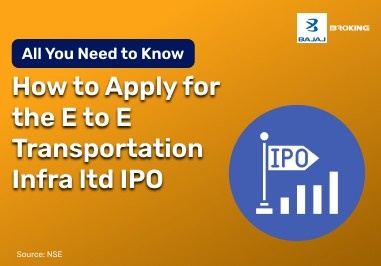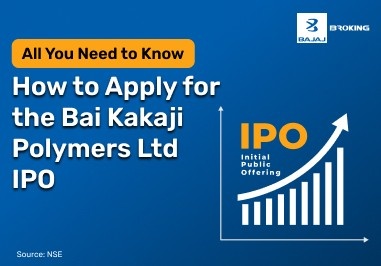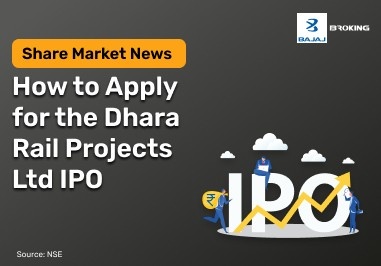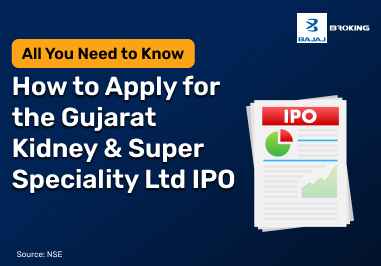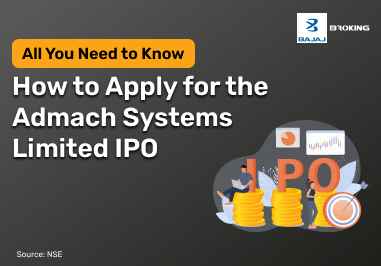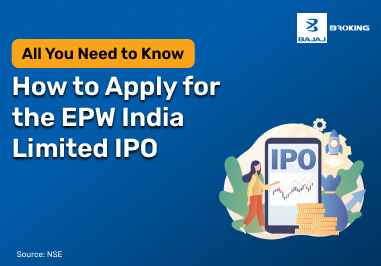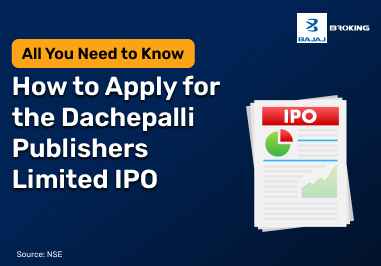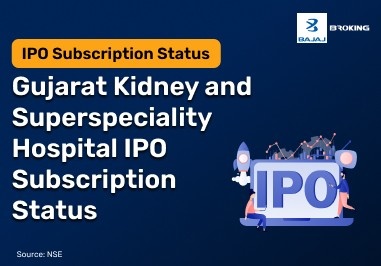Commodity futures are standardized contracts in which buyers and sellers agree to trade a specific quantity of a commodity at a predetermined price on a future date. These contracts are primarily used for hedging against price volatility or speculating on future price movements. Commodities involved include food, energy, and metals, serving as a tool for managing risk in the future commodity market. This mechanism helps stabilize income for producers and costs for consumers by locking in commodity futures prices.
Using commodity futures allows people to fix prices before they deliver or receive the commodities thus providing cost and income stability. The tool enables users to commit to future price changes. Participating in commodity futures trading enables investors to build diversified portfolios which effectively controls risks to strengthen their complete financial approach.
How do commodity futures work?
Commodity futures contracts are traded on regulated exchanges, ensuring standardization and minimizing counterparty risk. These contracts obligate buyers to purchase and sellers to sell commodities at a predetermined price and date. The pricing of commodity futures depends on factors like the spot price of the underlying commodity, interest rates, and storage costs.
Commodity futures trading entails utilizing these contracts as a hedge for possible losses or speculation on price changes. It is helpful as a risk management tool in the future commodity market where price direction will have a major effect on profitability. Having knowledge of market trend and dynamics is essential in the correct usage of commodity futures.
In practice, most commodity futures contracts are closed out before expiration, with cash settlements based on the difference between the futures price and the market price at settlement. This process allows participants to adjust their positions based on price fluctuations, ensuring the market stays liquid and transparent at all times.
Objective of commodity futures
Commodity futures aim to provide a framework for risk management, price discovery, and liquidity enhancement in the future commodity market.
Risk hedging
Commodity futures trading helps consumers and producers hedge themselves against unfavorable price movements. For example, farmers can fix prices of their crops in advance, and this guarantees them a steady income regardless of how the market moves. Likewise, producers can use these contracts to guarantee themselves stable raw material prices, minimizing their risk of price movements.
Price discovery
Commodity futures play a key role in price discovery by reflecting market expectations driven by supply-demand dynamics. Continuous trading in the future commodity market ensures fair and transparent prices, integrating global news and economic factors. This process benefits producers, consumers, and policymakers by providing actionable insights for decision-making.
Planning
Commodity futures trading facilitates planning by allowing businesses to lock in prices in advance, thereby reducing uncertainty related to input costs or revenues. This pricing stability supports more accurate budgeting and financial forecasting, helping businesses manage exposure to price volatility and make better-informed decisions in commodity futures trading.
Securing liquidity
Commodity futures enhance market liquidity by enabling efficient entry and exit of trading positions. Consistent trading volumes contribute to better price reflection of market conditions, supporting smoother trade execution and allowing participants to manage exposure with greater flexibility across various segments of the commodity futures market.
Standardisation
Commodity futures contracts are standardized in terms of quality, quantity, and delivery specifications. This standardization promotes consistency, reduces operational ambiguity, and ensures that all trades follow uniform guidelines. As a result, it simplifies participation for market users and supports transparency, efficiency, and fairness in the commodity futures trading environment.
Benefits of commodity futures
Commodity futures offer benefits like risk management, portfolio diversification, and price discovery in the future commodity market.
Risk management
Commodity futures allow producers and consumers to hedge against adverse price movements by locking in prices in advance. This can help stabilise income and costs in the future commodity market. Hedging through commodity futures is a commonly used approach to manage exposure to price volatility and support financial planning in commodity futures trading.
Portfolio diversification
Commodity futures represent an additional asset class that may exhibit low correlation with equities or fixed income. Including commodity futures in portfolios introduces exposure to the future commodity market, which can help balance overall portfolio sensitivity to inflation or market-specific risks. This form of diversification is often used as part of broader portfolio construction strategies in commodity futures trading.
Price discovery
Commodity futures play an essential role in price discovery by reflecting market expectations based on supply-demand dynamics. Continuous trading helps determine fair prices, offering valuable insights for decision-making. This process integrates global economic factors and news, ensuring that prices reflect current market conditions and trends.
How to trade commodity futures?
Commodity futures trading is a structured process within the future commodity market that involves evaluating various market-related factors before participation.
Education and research
Understanding commodity futures prices, the dynamics of market movement, and the factors influencing them in the future commodity market is an important part of market participation. Regular review of market updates and relevant news helps improve awareness of price developments.
Select a broker
Commodity futures trading is facilitated through brokers registered with regulatory authorities. Brokers in the future commodity market vary in platform features, regulatory adherence, and available services, which can influence the overall trading experience.
Analyse the market
Market analysis using tools such as technical indicators and fundamental data supports the assessment of commodity futures prices in the future commodity market. Tracking changes in market conditions is a commonly used approach for evaluating price trends.
Develop a trading plan
Planning in commodity futures trading may involve outlining factors such as price points, potential risks, and time-based considerations in the future commodity market. Documenting these parameters is one way to bring consistency to how market participation is approached.
Monitor the market
Observing market trends and relevant updates may provide insights into commodity futures price movements in the future commodity market. Ongoing tracking of economic indicators, global events, and sector developments can support a broader understanding of how commodity pricing evolves over time.
Execute trades
Commodity futures trade execution typically follows a pre-defined set of parameters, often informed by technical indicators and fundamental inputs. In the future commodity market, consistent adherence to a structured trading approach is one way to maintain clarity during periods of market volatility.
Review and learn
Periodic reflection on executed trades in the future commodity market can provide insights into trading behaviour and decision patterns. Many market participants use this process to document learnings and enhance familiarity with commodity price movements over time based on observed outcomes.
Advantages of Commodity Futures Trading
Commodity futures trading is used for purposes such as risk transfer, price discovery, portfolio diversification, and access to regulated, liquid markets in the future commodity market.
Leverage
Commodity futures allow exposure to large contract values through margin-based trading. While leverage magnifies price movements, it also introduces higher risk, requiring consistent monitoring of positions and awareness of capital impact in the future commodity market.
Flexibility
Commodity futures include a variety of contract sizes, durations, and underlying assets. Market participants can choose combinations aligned with specific exposures or timeframes, providing structural variety within the future commodity market.
Liquidity
High participation in major commodity futures supports ease of transaction. Liquidity contributes to minimal price gaps and consistent trade execution across different market phases in the future commodity market.
Transparency
Traded on regulated exchanges, commodity futures provide real-time prices, standardised terms, and publicly accessible data. These factors support greater visibility into price formation and uniform access to market information.
Disadvantages of Commodity Futures Trading
Commodity futures trading involves exposure to risk from price movements, leverage, and market timing sensitivity in the future commodity market.
High Risk
Leverage in commodity futures amplifies the effect of price changes. Losses may exceed initial margins if markets move adversely. Understanding margin exposure and contract obligations is necessary when participating in the future commodity market.
Volatility
Commodity prices may respond sharply to global, climatic, or supply-side developments. Volatility in the future commodity market can result in rapid price changes, making it important to observe fluctuations that influence trade value.
Market Timing
Market movements in commodity futures can shift quickly. Time-sensitive decision-making may be required in volatile conditions. Short-term changes in the future commodity market can affect position values without notice.
Conclusion
Commodity futures trading offers access to regulated platforms where price movements reflect a combination of global demand, supply dynamics, and macroeconomic factors. These contracts are used by different market participants for purposes including price observation, exposure alignment, and risk transfer. However, the segment also involves complexities such as margin requirements, volatility, and time-sensitive positions. A clear understanding of contract specifications, settlement mechanisms, and associated costs is essential to evaluate how commodity futures function within the broader framework of the future commodity market.
Additional Read: Futures Trading Meaning

